IoTecha’s IoT.ON platform enables both AC and DC bidirectional charging – Charged EVs
Baua Electric
JANUARY 8, 2024
Smart charging specialist IoTecha has developed a verticalized platform including hardware, embedded software and cloud services, that’s designed to power turnkey EV charging solutions. is designed to enable EVs and smart charging infrastructure to deliver grid stabilization and ancillary grid services.

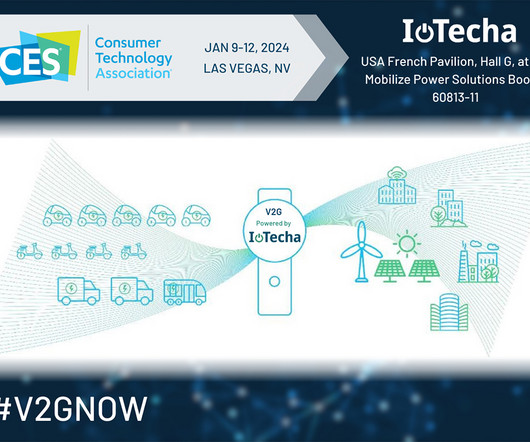
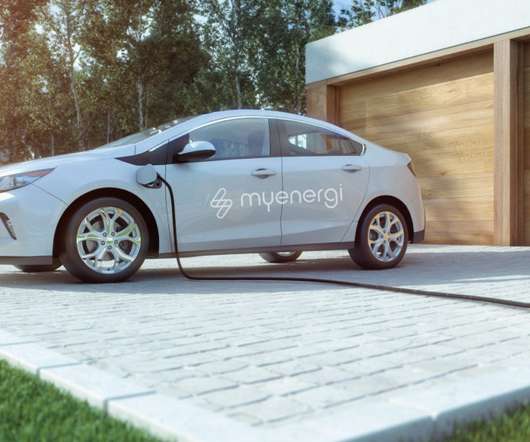


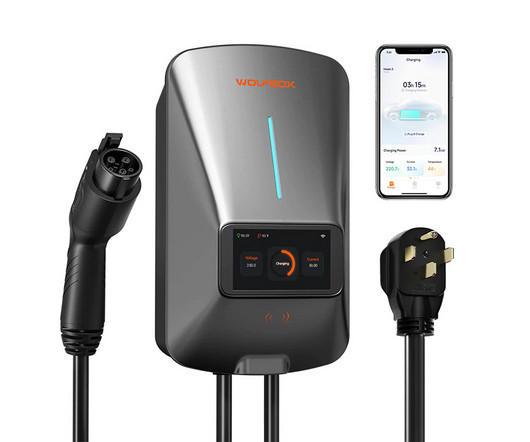
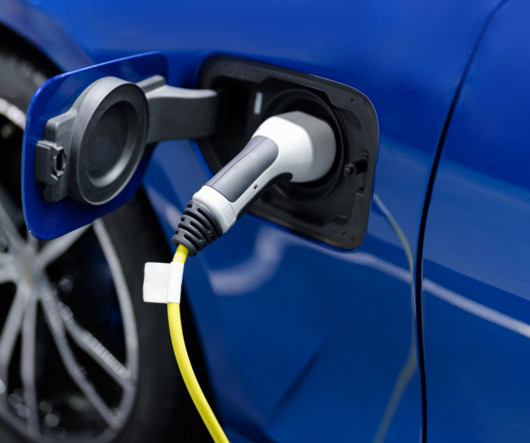
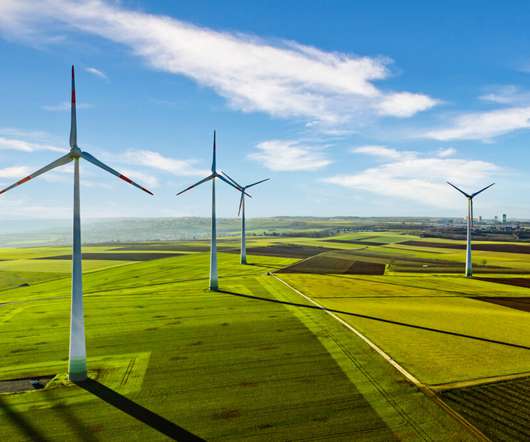
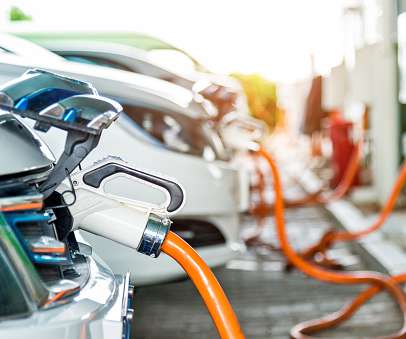
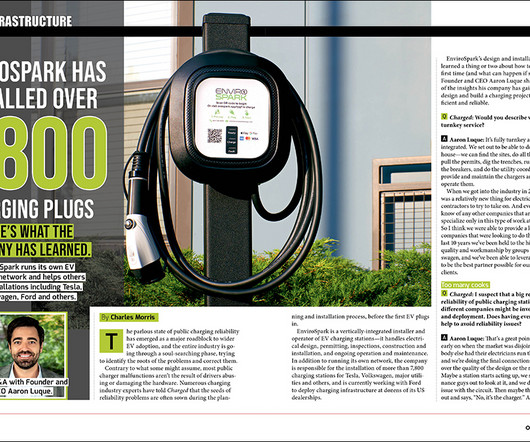
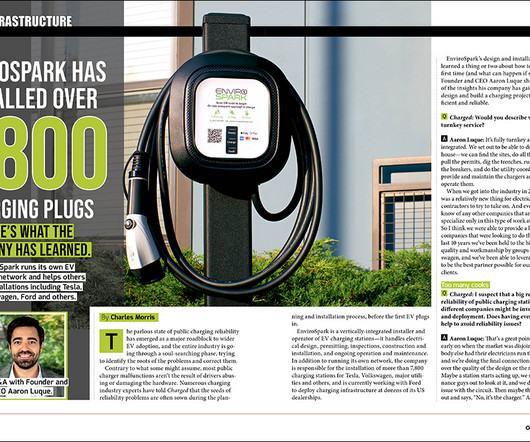
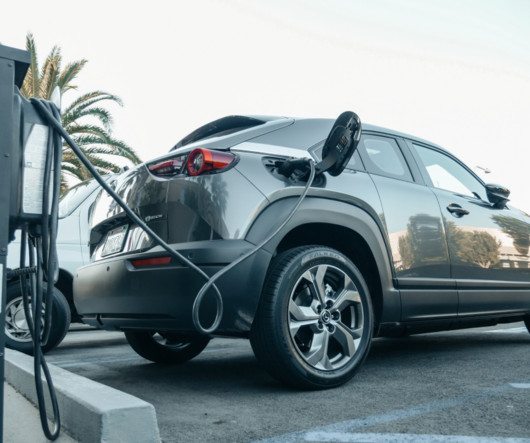

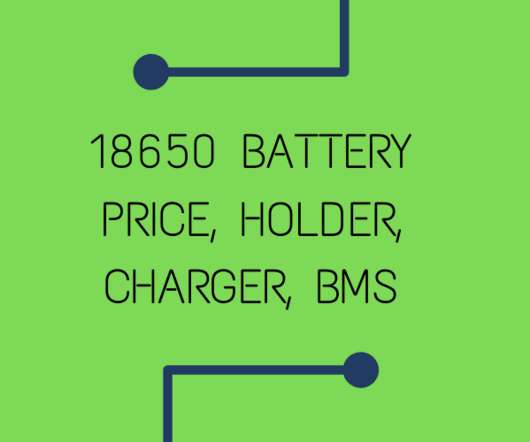
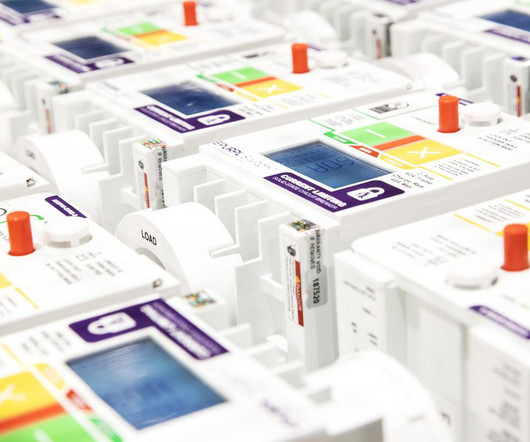






Let's personalize your content